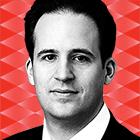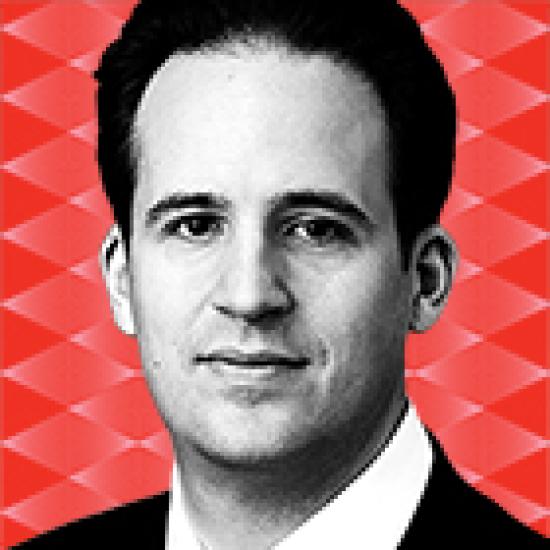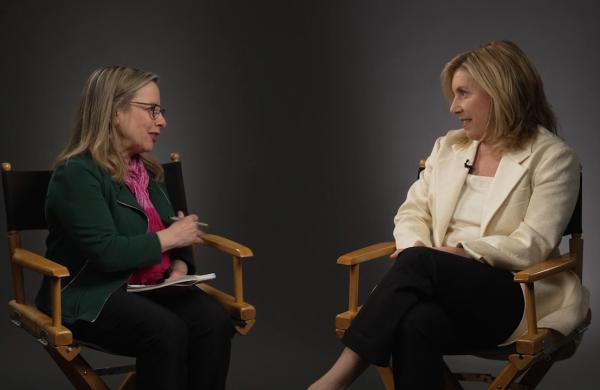< The 2015 All-America Research Team

Benjamin Swinburne
Morgan Stanley
First-Place Appearances: 2
Total Appearances: 7
Analyst Debut: 2009
Repeating in first place on this roster and claiming the No. 1 position on the Cable & Satellite lineup for a third year running is Morgan Stanley’s Benjamin Swinburne, who has earned an appearance in both sectors every year since 2009. The 40-year-old analyst reports on 21 U.S. media players, winning praise from one portfolio manager for explaining “complex ideas in easy-to-understand presentations.” What’s more, this backer adds, “he was early in recognizing the shift of video advertising dollars to the Internet.” A second client offers that “Ben has a unique ability to understand both granular details and larger strategic issues facing his industries. His downgrade of the sector early in the year proved prescient.” Until January, Swinburne had been bullish on the group, citing, for example, beneficial changes in consumer behavior and innovative content distribution models. Indeed, U.S. media shares had outperformed the S&P 500 by 77.1 percentage points since establishing a trading low point in October 2011, rocketing 160.8 percent. But he lowered his rating on the sector to cautious and expects to maintain that stance at least through the year ahead. “We believe most media companies face two key challenges,” the researcher says. “First, affiliate revenues, which have been driving topline growth across both cable networks and broadcasters, look increasingly at risk as cord-shaving and cord-cutting become more pronounced.” Although he foresees potential trouble throughout the group, “broadcast networks are likely to be less impacted by this trend, as we believe their content is ‘must-have’ for most bundles, while smaller cable network groups are most at risk, as traditional pay-TV providers optimize their offerings to align with changing consumer preferences,” Swinburne advises. “Second, the advertising environment remains challenging, and we continue to see downside risk to ad estimates across the industry.” The sector has slipped 1.9 percent since his downgrade, compared with the broad market’s 3 percent decline.





